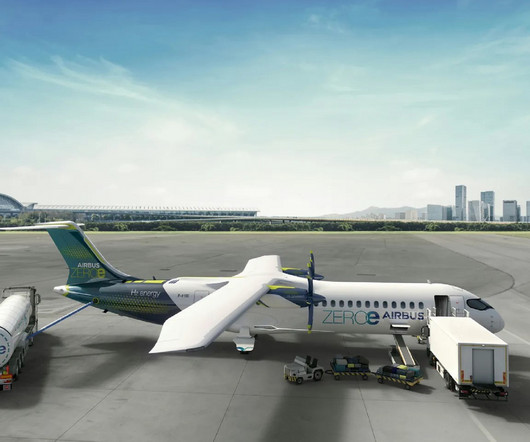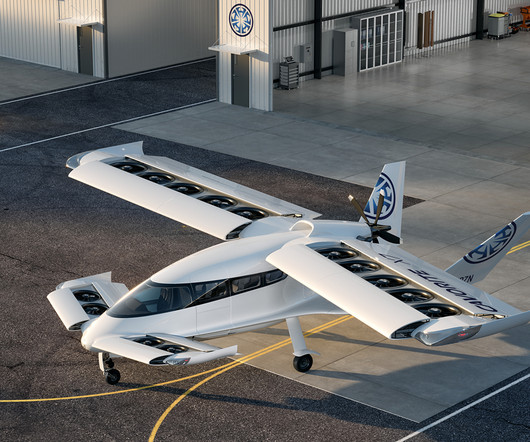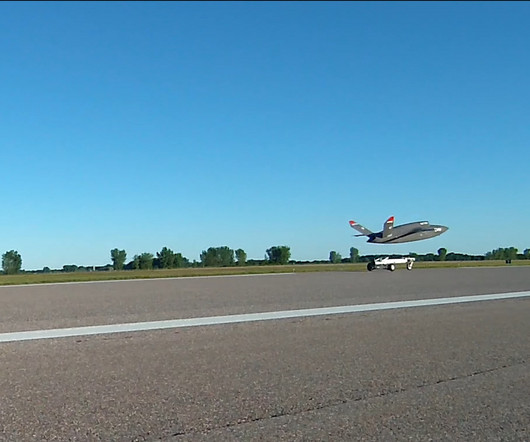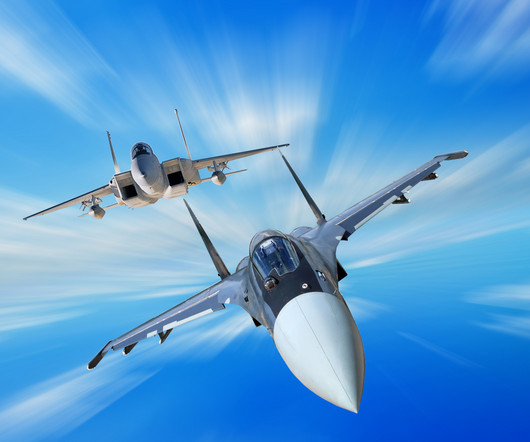Energy considerations in aviation: How realistic are alternative energy forms?
Aerotime
FEBRUARY 14, 2025
Put in simpler terms: The thrust needed for a plane to fly is dependent on the planes overall mass during the acceleration phase, its speed, the air density, which differs with the altitude and several other factors. Promise: No more physics formulas in this text from now on.)











Let's personalize your content